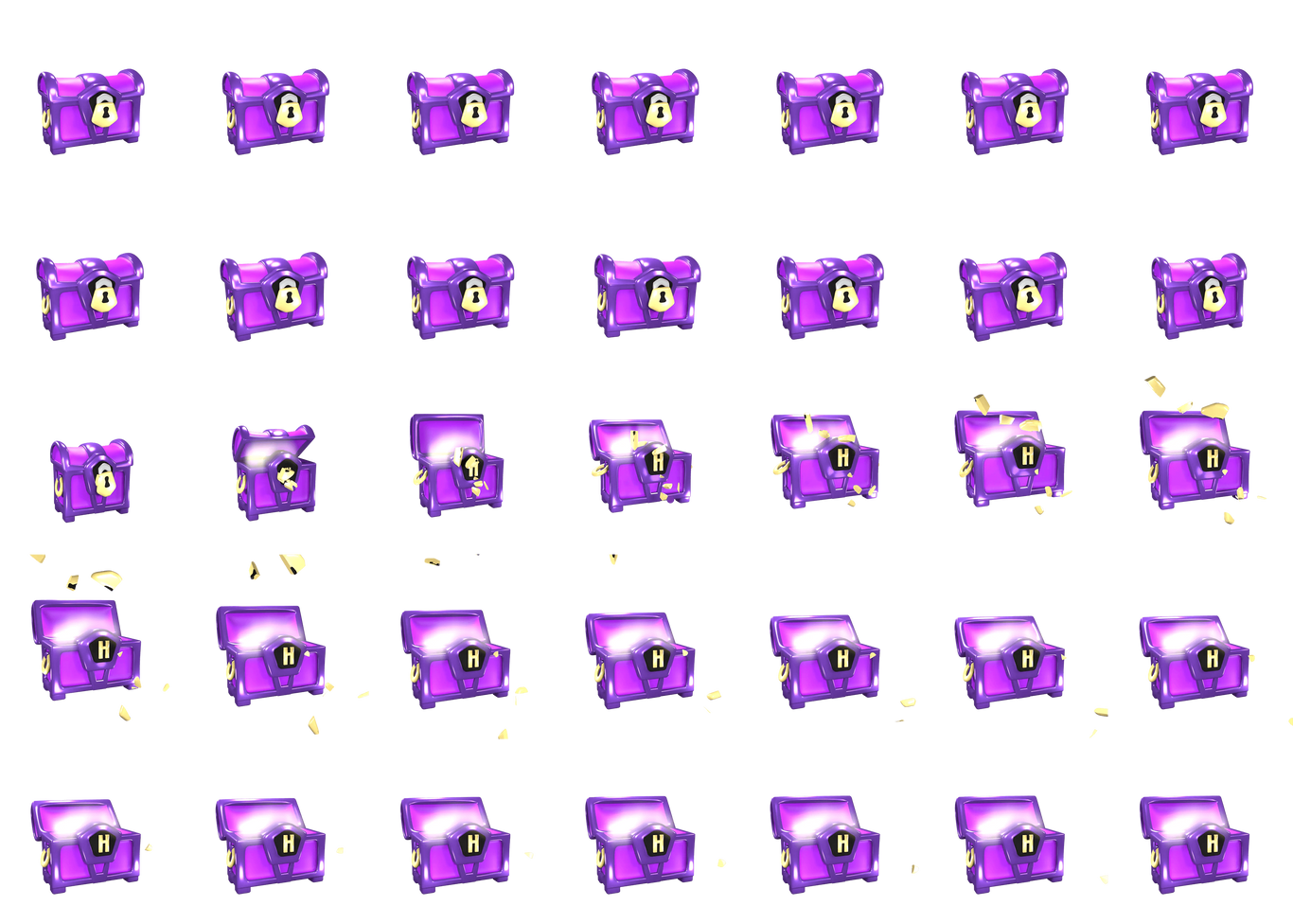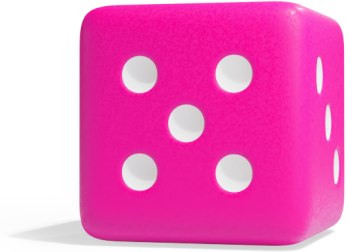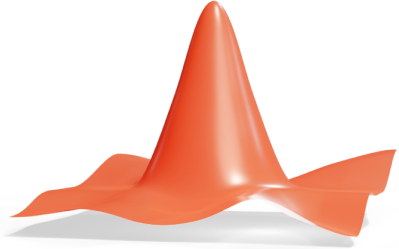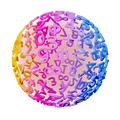9th Grade
How do you know when an infinite series with a variable quotient converges?
{
"voice_prompt": "",
"manuscript": {
"title": {
"text": "How do you know when an infinite series with a variable quotient converges?",
"audio": "How do you know when an infinite series with a variable quotient converges?"
},
"description": {
"text": "An infinite geometric series with a variable quotient converges when the absolute value of the quotient is less than 1, written as ∣𝑟(𝑥)∣<1∣r(x)∣.",
"audio": "An infinite geometric series with a variable quotient converges when the absolute value of the quotient is less than one."
},
"scenes": [
{
"text": "Sometimes, a geometric series has a quotient that depends on a variable. For example, you might see one over x, plus one over x squared, plus one over x cubed, and so on. To understand this series, you need to figure out for which x-values it will converge.",
"latex": "\\frac{1}{x} + \\frac{1}{x^2} + \\frac{1}{x^3} + \\cdots"
},
{
"text": "To do that, you need to know what the quotient is. You find it by dividing one term by the previous term. Take one over x squared divided by one over x.",
"latex": "\\frac{\\frac{1}{x^2}}{\\frac{1}{x}}"
},
{
"text": "The result is one over x. That\u2019s the quotient, and it stays the same for every step because this is a geometric series.",
"latex": "\\frac{\\frac{1}{x^2}}{\\frac{1}{x}} = \\frac{1}{x}"
},
{
"text": "For the series to converge, the absolute value of the quotient must be less than one.",
"latex": "\\left| \\frac{1}{x} \\right| < 1"
},
{
"text": "What does this mean? It means one over x must be between negative one and one.",
"latex": "-1 < \\frac{1}{x} < 1"
},
{
"text": "To make this easier to solve, you can split it into two separate inequalities.",
"latex": "-1 < \\frac{1}{x} \\quad \\text{and} \\quad \\frac{1}{x} < 1"
},
{
"text": "Let's start with the first one: negative one is less than one over x.",
"latex": "-1 < \\frac{1}{x}"
},
{
"text": "Multiply both sides by x. If x is positive, the inequality stays the same, giving negative x less than one.",
"latex": "-x < 1"
},
{
"text": "Multiply both sides by negative one to solve for x. This gives x greater than negative one. However, x was assumed positive and all positive numbers are greater than negative one. This can be discarded.",
"latex": "x > -1"
},
{
"text": "If x is negative, multiplying both sides by x flips the inequality. This gives negative x greater than one.",
"latex": "-x > 1"
},
{
"text": "Multiply both sides by negative one to solve for x. This gives x less than negative one.",
"latex": "x < -1"
},
{
"text": "Now let's look at the second inequality: one over x is less than 1.",
"latex": "\\frac{1}{x} < 1"
},
{
"text": "If x is positive, multiplying both sides by x keeps the inequality the same. This gives x greater than one.",
"latex": "1 < x"
},
{
"text": "If x is negative, multiplying flips the inequality. This gives x less than one. However, since x was assumed to be negative, and all negative numbers are less than 1, this inequality does not help and can be discarded.",
"latex": "x < 1"
},
{
"text": "Combining the two useful inequalities shows that the series converges when x is less than negative one or greater than one.",
"latex": "x < -1 \\quad \\text{or} \\quad x > 1"
},
{
"text": "When the series converges, you can find the sum using the formula for infinite geometric series. The first term is one over x, and the quotient is also one over x.",
"latex": "S(x) = \\frac{\\frac{1}{x}}{1 - \\frac{1}{x}} = \\frac{1}{x - 1}"
}
],
"outro": {
"text": "An infinite geometric series with a variable quotient converges when the absolute value of the quotient is less than 1, written as ∣𝑟(𝑥)∣<1∣r(x)∣.",
"audio": "An infinite geometric series with a variable quotient converges when the absolute value of the quotient is less than one."
}
}
}
en_R2_sequence_geom_variable_quotient.jsonOpen with Text Editor Share
Displaying en_R2_sequence_geom_variable_quotient.json.




















